Attachment styles are how each of us reacts to our needs and how we get them met. They are established in early childhood through various experiences that then influence and produce similar patterns throughout one’s entire life. The four types are secure, anxious-preoccupied, dismissive-avoidant, and fearful-avoidant. It’s important to note that while these labels provide helpful guides to understanding yourself and others, they might not fit perfectly and they are not a rigid, unflinching analyses of one’s behavior and mindset.
Secure
Secure adults tend to feel secure in their relationships, as the name might suggest. Their relationships are often honest, open, and independent. As children, secure adults likely had a caregiver who served as a reliable figure as they tested independence. This feeling of security in the relationship allows for independence and connectedness simultaneously. They tend to hold a positive self-image and positive image of others.
Anxious-Preoccupied
Anxious-preoccupied attachments are defined by uncertainty in relationships, which often means that instead of love and trust, someone is in a frequent state of emotional hunger. Emotional hunger is a “condition of pain and longing which people often act out in a desperate attempt to fill a void or emptiness.” Instead of an equitable relationship, anxious attachment adults seek a feeling of security by trying to find a partner to complete or rescue them. Despite this desire, they may exhibit behaviors that push away the people they love which are often motivated by fear and insecurity. They tend to have a negative self-image and positive image of others.
Dismissive-Avoidant
Dismissive-avoidant attached adults may be emotionally distant and attempt to “parent” themselves. They keep loved ones at an arm’s length and respond to stressors by shutting down. They tend to have a positive self-image and negative image of others.
Fearful-Avoidant
Fearful-avoidant attachments exist in a state of limbo, simultaneously fearful of being too close to and too distant from others. Their volatility gets in the way of intimacy, and clouds their ability to let others in. Their moods are overwhelming and unpredictable. They may have a negative self-image and negative image of others.
Learning more about yourself and your partner(s) is always helpful for understanding each other. When you can identify your behavioral tendencies, and can communicate them to the people around you, it is easier to get along and have greater insight into one another’s mindsets. If you’re concerned about your attachment style, consider making an appointment with a therapist at Embrace Sexual Wellness.





























